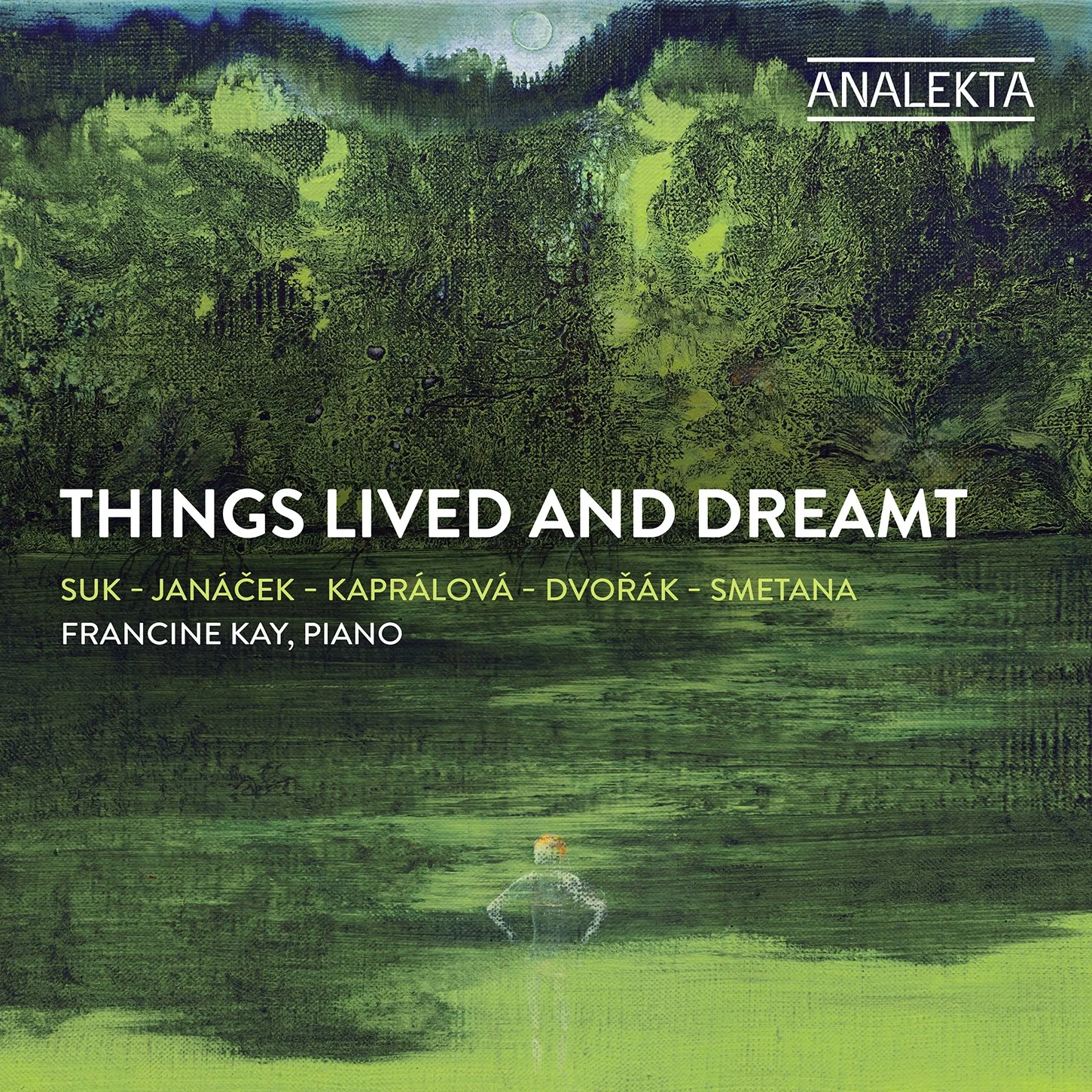Composer Truman Harris’ debut CD “A Warm Day in Winter” is released on March 9, 2019, on the NAXOS American Classics Label (8.559858). In this Insider Interview we spoke to Mr. Harris about his compositional inspirations, performing in an orchestra and chamber ensemble, and more.
What led you to a career in composition?
I grew up in a musical household, with my mother the choir director at the local church and my father the church organist. As far back as I can remember I’ve been attracted to composing rather than conducting. Perhaps that’s partly because I noticed at some point that while most of the people around me were whistling/singing tunes they’d heard in the media, what I was whistling were mostly original tunes that popped into my head. Another factor was my long tenure in a professional wind quintet. After giving four recitals each season for years, our group began to run out of new literature. The quintet’s website received dozens of submissions of new works for possible performance, but the group would almost inevitably decide that the pieces didn’t suit our needs. I set about trying to write the music we weren’t finding.
You were in the NSO for over 40 years. How does that experience as an orchestral musician inform your work? Are there any particular composers from which you draw inspiration?
Sitting on stage surrounded by the sounds of the orchestra each week, and access to study scores of particularly interesting upcoming pieces were a big help in my attempts to understand the techniques of composition. Certain aspects of a piece would sometimes be more or less successful, and my habit was to ask myself why that might be. My colleagues were a great resource in understanding the technique of writing for instruments other than my own. Writing a viola part, for example, I was helped by the availability of 12 professional violists who were amazingly generous with their artistry.
How would you describe your composition style?
For want of a better phrase, “Twenty-First Century Tonal.” I gravitated early on to the Stravinsky side of the Stravinsky/Schoenberg split last century. Perhaps one could say that Stravinsky revolutionized rhythm while Schoenberg revolutionized melody. An important quote for me is from Paul Hindemith: “Music, as long as it exists, will always take its departure from the major triad and return to it. The musician cannot escape it any more than the painter his primary colours or the architect his three dimensions." For me, music is about singing and dancing, and I very much hope that my pieces can both sing and dance.
Your latest album is titled A Warm Day in Winter. In what ways do the pieces reflect this title? Are there any other ways in which the pieces relate to each other?
The last movement of Aulos Triptych, with that title, depicts a cold morning with a gradual warmup. The modern complex world can also seem a little chilly at times, and perhaps music can add a bit of welcome warmth to our lives. The wind quintets were written for some of the same people, and the character of the part writing reflects something of their individual personalities.
Speaking of titles, a lot of your pieces have descriptions that are very evocative. Do these become part of the piece early on in the process?
I rarely know in advance what the titles of movements or even of the whole piece will be. As the materials develop and begin to show some structure, I find that extra-musical associations will often occur to me, which then can help direct the progress of the remaining music still to be written.
Do you have any upcoming projects that you’re working on?
Recently completed are two wind quintets, a sonata for bassoon and piano, and a trio for two flutes and cello. Synthesized recordings of these are now up on my YouTube channel, Compositions by Truman Harris.
Also completed just last week is a Kennedy Center commission for a variation for full orchestra based on the Paganini 24th Caprice. The Kennedy Center website discribes the project as, “When former NSO Music Director Leonard Slatkin led the St. Louis Symphony Orchestra, he commissioned a set of variations—each from a different living American composer—on the famous Paganini Caprice No. 24. In honor of Slatkin’s 75th birthday season, a number of orchestras, including the NSO, have each commissioned an additional variation to create a new, expanded version of the work.” Thus my contribution will be part of a work with other variations written by several different composers entitled, “Yet Another Set of Variations (on a Theme of Paganini).” The piece is scheduled to be performed this season by the St. Louis Symphony Orchestra, the National Symphony Orchestra, and the Detroit Symphony Orchestra, as well as two other orchestras next season. All performances will be conducted by Leonard Slatkin, whose vision is responsible for the work.
My next projects are TBA, and may include a trio for oboe, bassoon, and piano.





